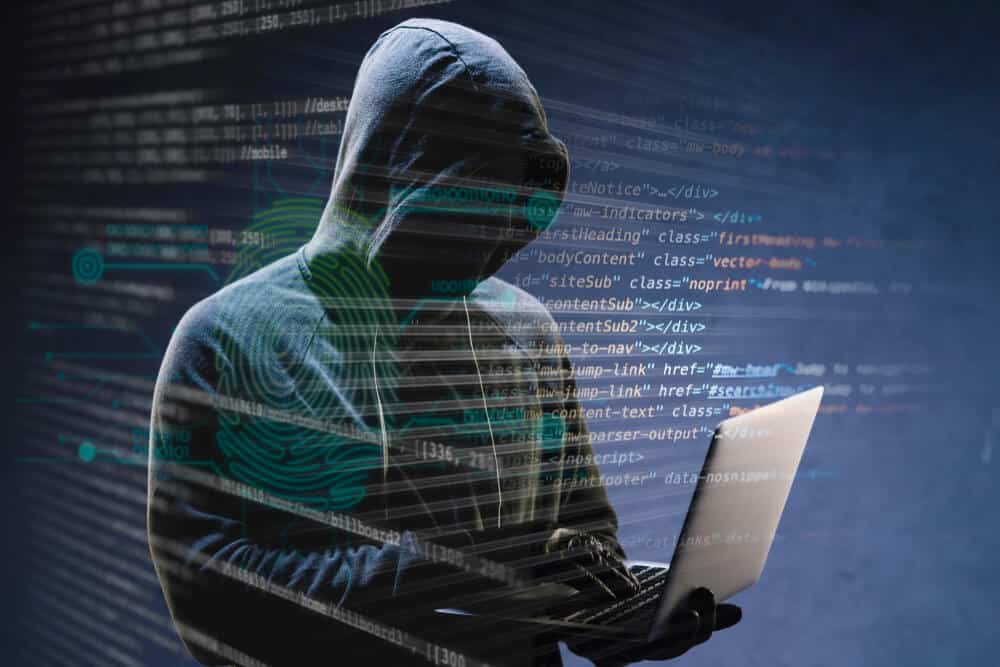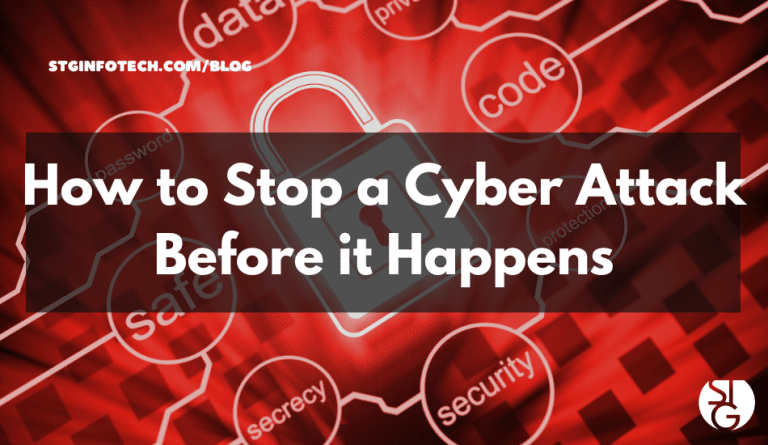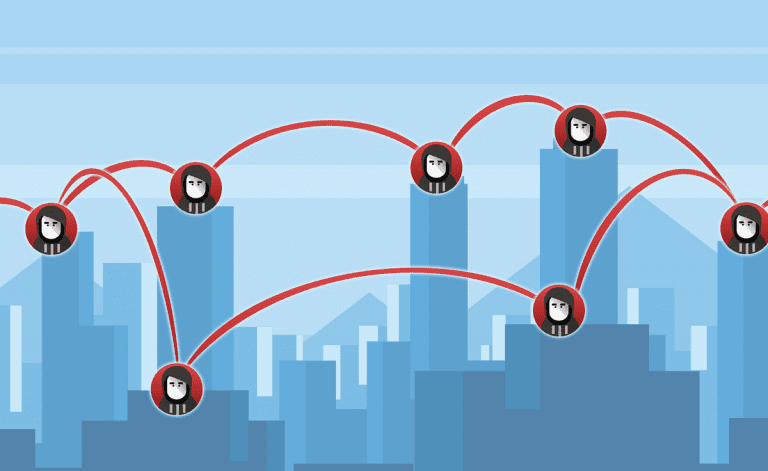What Is the Dark Web?
The Dark Web represents a section of the World Wide Web that operates on darkness. It overlays networks utilizing the internet but requiring special software, configurations, or authorization to access. Unlike regular websites, dark websites cannot be accessed through standard browsers such as Firefox or Chrome.
This hidden network forms only about 3% of the total Tor network traffic and serves as a place where private computer networks can communicate and conduct business anonymously without revealing identifying information like user location.
How the Dark Web Works
To access the dark web, users must employ specialized software such as The Onion Router (Tor), which routes dark web requests through thousands of volunteer-operated proxy servers. Tor ensures complete anonymity by using multiple encryption layers and a traffic-routing mechanism that randomly bounces internet traffic through relays, making IP addresses untraceable.
The Dark Web vs Deep Web
The dark web differs from the deep web. Deep web refers to anything not indexed by search engines, including content behind paywalls or requiring sign-in credentials. The dark web constitutes only a small fraction of the deep web, which contains mostly benign sites such as password-protected email accounts and subscription services.
The origins of this network trace back to 2000 with the release of Freenet by University of Edinburgh student Ian Clarke, who aimed to create a “Distributed Decentralised Information Storage and Retrieval System” for anonymous communication. Later, the U.S. government’s Naval Research Laboratory developed Tor for intelligence community members to use the internet without risk of identification.
While associated with illegal activities, the dark web also serves legitimate purposes. In countries with government surveillance, it offers a communication channel that avoids censorship and scrutiny.
Many governmental organizations, newspapers, and tech companies maintain a presence on the Tor network to show a commitment to privacy or allow anonymous information sharing.
Can You Be Tracked on the Dark Web?
Yes, while Tor provides anonymity, complete invisibility isn’t guaranteed. Your ISP can detect Tor usage, and your traffic remains vulnerable at entry and exit nodes where encryption doesn’t protect data.
Browser vulnerabilities present major tracking risks. Compromised websites may inject malicious code that reveals your IP address. Logging into personal accounts or visiting sites with tracking scripts also compromises anonymity.
Using a VPN with Tor (Tor-over-VPN) adds protection by preventing ISPs from easily detecting dark web access. Additional safety measures include disabling JavaScript, avoiding torrent file-sharing, and being cautious with downloaded files that might bypass Tor’s protection.
Tor Browser isolates websites to prevent tracking across sessions and automatically clears cookies and browsing history. But ultimately, human error remains the greatest vulnerability – revealing personal information through forms or downloads can instantly destroy anonymity.
Who Tracks Users on the Dark Web?
Law enforcement agencies, intelligence communities, and cybersecurity professionals actively maintain a presence on the dark web to monitor, trace, and trap criminal activity. Government authorities use specialized investigation units with advanced knowledge of dark web methods, while agencies like ICE and HSI employ various investigative techniques to track illegal shipments and identify vendors.
Digital fingerprinting technologies collect device data to track users even when IP addresses remain hidden. Intelligence services reportedly own many Tor gateways, potentially tracing the origins of supposedly encrypted traffic. However, experts acknowledge it remains difficult to completely stop illegal operations, with new marketplaces constantly emerging as others are shut down.
What Happens on the Dark Web?
The dark web hosts both legal and illegal activities within its encrypted networks. Cybercriminals use it to buy and sell illegal goods, coordinate attacks, distribute malware, and share exploits. Markets mediate transactions for illegal drugs, weapons, and stolen data like credit cards using cryptocurrencies for payment.
Some hackers offer “ransomware as a service,” allowing cybercriminals to rent malware strains for attacks. Personal information, including medical records, financial data, and private photos, are stolen and traded. Criminal groups combine stolen data with compromised infrastructure, enabling even less-skilled hackers to launch profitable attacks.
However, legitimate uses exist. Whistleblowers share information with allies, and people evading government censorship communicate freely. Political dissidents use it to avoid prosecution, while many access it simply for enhanced privacy and security. Journalists, activists, and ordinary citizens join forums around niche interests or access independent news sources.
Law enforcement agencies maintain a presence to monitor criminal activity, working to infiltrate illegal markets and catch perpetrators while navigating the web’s inherent anonymity.
How to Reduce the Risk of Being Tracked
Use Proper Technical Protection
Use Tor with a VPN for additional security. Implementing Tor-over-VPN provides an extra layer of privacy that prevents your ISP from easily detecting dark web access. VPNs fix the issue of unencrypted data at Tor exit nodes, ensuring your information remains protected throughout transmission.
Keep all software updated. Regularly update Tor Browser and any associated applications to benefit from security patches against known vulnerabilities.
Disable JavaScript. JavaScript has historically been used to reveal user identities on Tor, so disabling it prevents many tracking and fingerprinting techniques.
Practice Safe Browsing Habits
Never share personal information. Avoid entering your name, address, email, or phone number on dark websites, as this defeats the purpose of remaining anonymous.
Avoid downloading files. Downloading files, especially executables, can introduce malware that bypasses Tor’s protection and potentially expose your real IP address.
Use HTTPS exclusively. Always ensure websites use HTTPS rather than HTTP, as HTTPS encrypts information between your browser and the site.
Additional Security Measures
Access from a secure environment. Use burner accounts with no connection to your real identity when accessing sensitive areas.
Consider installing comprehensive security solutions that can prevent malware downloads from the dark web.
Use Tor randomly without establishing identifiable patterns and set security levels to the highest available options to minimize browser code execution.
Remember that complete anonymity is difficult to achieve. Even with these precautions, human error remains the greatest threat to privacy on the dark web.
Dark Web Threats to Be Aware of
Malware and Infection Risks
The dark web hosts numerous malicious software threats. You should exercise extreme caution when downloading files, which may contain viruses, trojans, ransomware, or other malicious code. Malware thrives across the dark web, both as products for sale and as hidden threats designed to infect unsuspecting users.
Without proper cybersecurity protection, browsing the dark web puts your devices at high risk of infection that could compromise your data and privacy.
Data Theft and Identity Exploitation
Personal information is a valuable commodity on dark web markets. Cybercriminals harvest sensitive data through breaches, phishing, and malware attacks, then sell it to the highest bidder on dark web marketplaces. Everything from W2 forms to SSL certificates can be purchased for identity fraud and system attacks.
In 2024, the average cost of a data breach reached $4.88 million, highlighting the financial impact of cyber threats originating from dark web activities.
Cybercrime-as-a-Service
The dark web has democratized cybercrime through ready-made tools. Cybercriminals can purchase malware, exploits, and hacking tools, making it easier to launch attacks against vulnerable targets. Ransomware has become worryingly affordable, with effective strains available for less than $1,000.
Services range from DDoS attacks to custom malware designed to infiltrate specific organizations, enabling even less skilled individuals to conduct sophisticated operations.
Scams and Fraud
Many dark web offerings are themselves scams. Visitors face a significant risk of being duped by sites pretending to provide goods and services that don’t exist. Counterfeit onion sites are prevalent, with cybercriminals cloning popular dark web websites to phish login credentials or scam users.
Tracking and Surveillance
Despite its anonymity features, the dark web poses monitoring risks. Government authorities actively monitor dark web activity, with many Tor-based sites being overtaken by police for surveillance operations. Law enforcement agencies worldwide monitor these websites for criminal activity, creating risks for all users.
FAQ
How big is the dark web?
The dark web is surprisingly small compared to the regular internet. It comprises only 3% of traffic in the Tor network, while the deep web is approximately 40 times larger than the surface web.
Though estimates vary, about 56.8% of dark web content contains illegal material, and it attracted roughly 2.7 million daily users in 2023. The dark web economy has grown substantially, with an estimated market value exceeding $1.5 trillion annually.
Is my information on the dark web?
Your personal information might be on the dark web, especially if you’ve been involved in any data breaches. Here’s how to check and what to do about it:
How to Check if Your Information is on the Dark Web
There are several free tools that can scan for your information:
- Free Dark Web scanners like those offered by Aura or HaveIBeenPwned can check your email address against recent data breaches to see if your passwords or personal information have been leaked.
- Experian offers a free one-time dark web scan that checks if your Social Security number, email, or phone number appears on the dark web.
- The “Have I Been Pwned” (HIBP) website provides a free service where you simply conduct a search using your email address or phone number.
What To Do If Your Information Is Found
If your information is discovered on the dark web:
Change any potentially compromised passwords immediately, especially if you use similar password variations across multiple accounts.
If your Social Security number has been compromised, claim your Social Security account immediately and lock your number to prevent anyone from viewing or altering your personal information.
Notify the three major credit bureaus (Experian, Equifax, and TransUnion) and explore options to prevent fraudulent credit requests, such as adding two-factor authentication on all credit pulls.
Remember that once your information is on the dark web, it’s nearly impossible to remove completely. The best approach is to protect yourself through continuous monitoring and network security measures.
Ready to Get Started?
Let’s dive into your IT!
Schedule a free 15-minute Virtual Meeting with a Business Technology Specialist of STG Infotech and get a closer look into your IT challenges.
We will assess your current IT infrastructure and answer any questions you may have about IT Services or partnering with STG IT.




